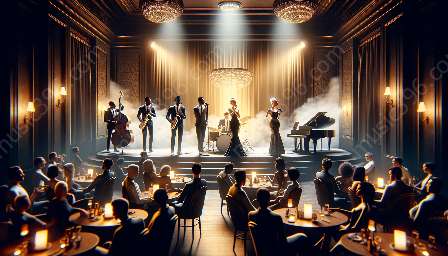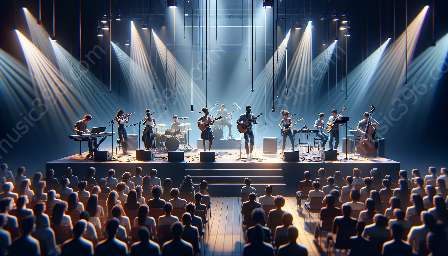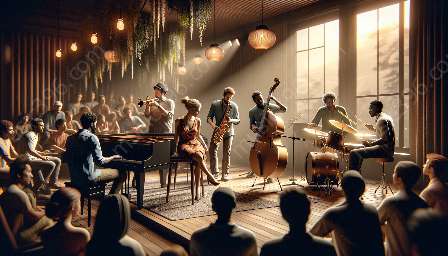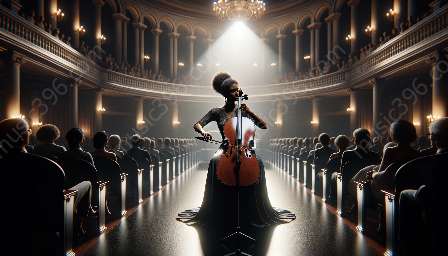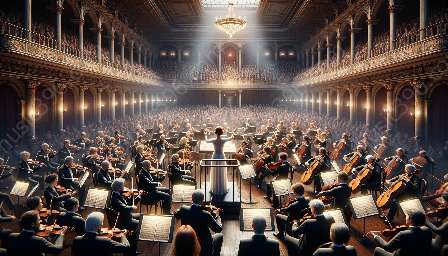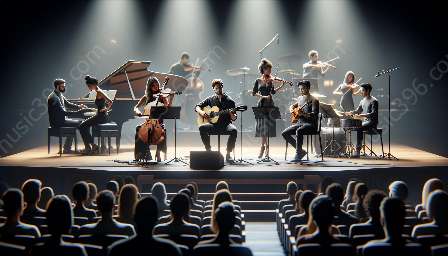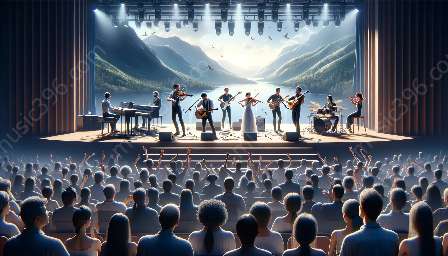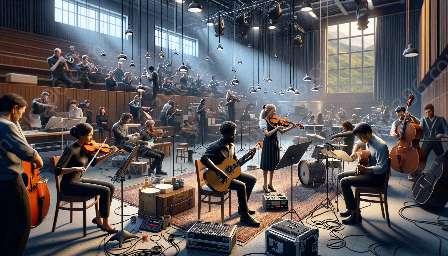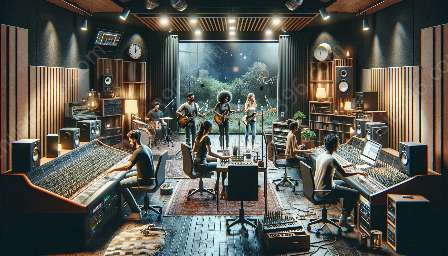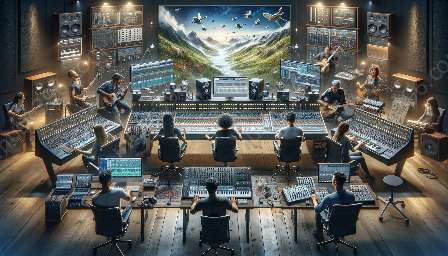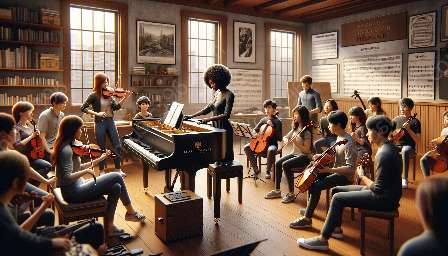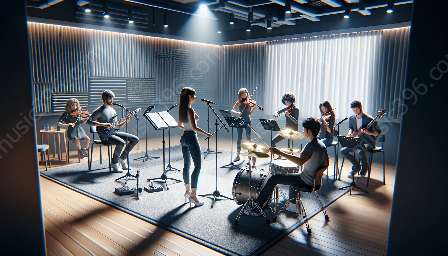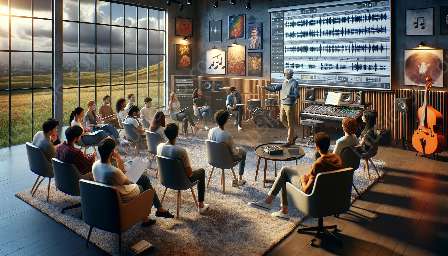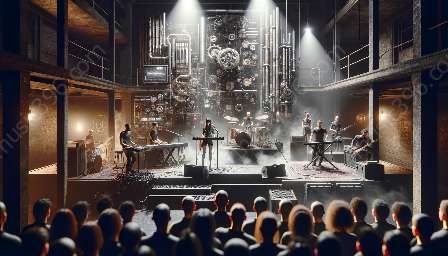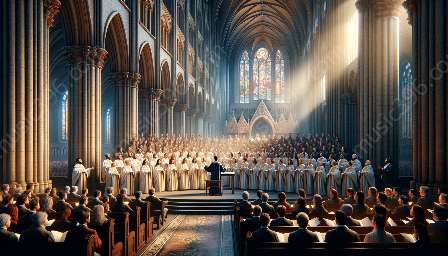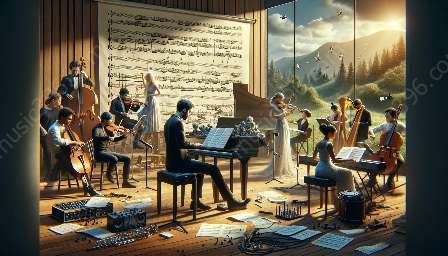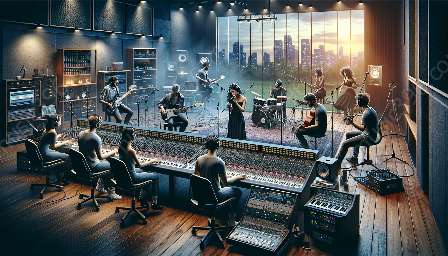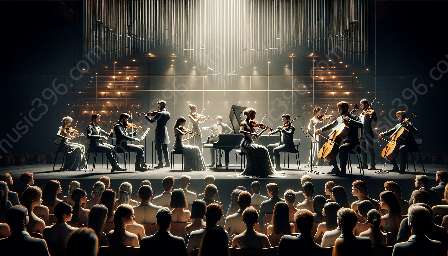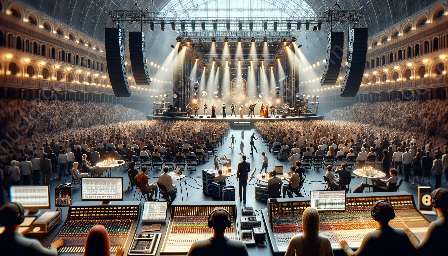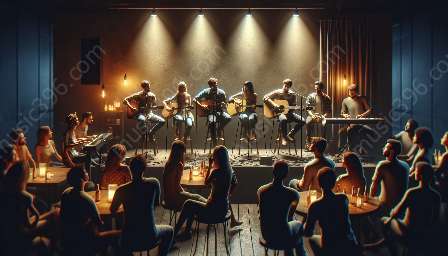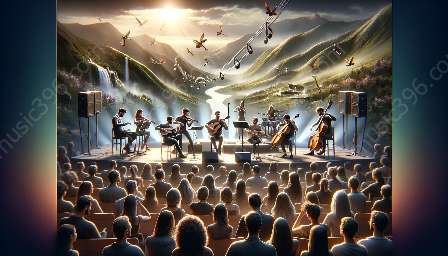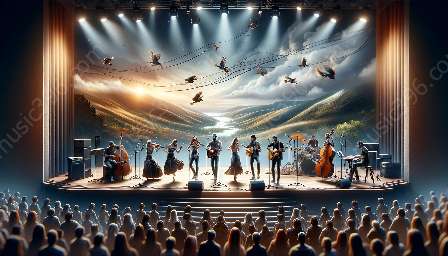Recording classical music in a music studio is a sophisticated and intricate process that requires careful consideration of various factors. Whether you’re an aspiring classical music producer, a seasoned studio engineer, or a musician, understanding the unique requirements of recording classical music is crucial for achieving exceptional results. In this comprehensive guide, we will explore the considerations for recording classical music in a music studio, touching upon equipment selection, acoustic considerations, techniques, and how these considerations can enhance music studio performance and live music performance.
Equipment Selection
One of the most critical considerations when recording classical music in a music studio is the selection of suitable equipment. Unlike popular music genres, classical music often involves a wide dynamic range, delicate nuances, and intricate tonal qualities that demand high-quality recording equipment.
Microphones: Choosing the right microphones is crucial for capturing the full spectrum of classical music instrumentation and ensuring faithful reproduction of the sonic characteristics of the performance. Condenser microphones, with their detailed response and ability to capture intricate musical details, are commonly preferred for recording classical music.
Preamps and Converters: High-quality microphone preamps and analog-to-digital converters are essential for maintaining the integrity of the recorded signal. Clean, transparent preamps and converters are paramount for preserving the authenticity and richness of the classical music performance.
Monitoring: Accurate studio monitors and headphones play a pivotal role in ensuring that the recording engineer and musicians can critically assess the recorded material. Transparent, flat-response monitoring systems are crucial for identifying any anomalies and making informed decisions during the recording process.
Acoustic Considerations
Acoustic considerations are fundamental in recording classical music, as the purity and depth of the sound depend largely on the environment in which the music is recorded. To capture the full depth and resonance of classical music, the studio space must be acoustically optimized.
Room Acoustics: The studio space should be acoustically treated to minimize unwanted reflections, standing waves, and resonances that could color the recorded sound. Diffusers, absorbers, and bass traps are often used to achieve a balanced, natural acoustic environment.
Isolation: Ensuring isolation from external noise sources is crucial, especially for live recordings or ensemble performances. A well-isolated studio space allows for pristine recordings without interference from external disturbances.
Instrument-Specific Considerations: Understanding the unique acoustic characteristics of each instrument and employing appropriate isolation techniques are essential for capturing the true essence of classical instruments. For instance, close-miking techniques for string instruments and capturing the natural reverberation of brass instruments are common practices in classical music recording.
Recording Techniques
Recording classical music requires a nuanced approach that takes into account the intricacies of the performance and the sonic properties of the instruments involved. Adopting suitable recording techniques is essential for capturing the subtleties and dynamics of classical music performances.
Microphone Placement: Proper microphone placement is crucial for capturing the natural sound of classical instruments and the spatial characteristics of the performance space. For orchestral recordings, techniques such as spaced pair, Decca tree, or Blumlein pair are commonly used to achieve a balanced representation of the instrumental ensemble.
Multi-Microphone Techniques: Utilizing multi-microphone setups allows for greater flexibility in capturing the depth and dimensionality of classical music performances. Blending close, ambient, and overhead microphones can create a rich and immersive sonic landscape for classical recordings.
Live Room vs. Dead Room: Depending on the desired sonic characteristics, recording engineers may opt for either a live room with natural reverberation or a dead room with minimal room sound. Understanding the sonic requirements of the musical repertoire and making informed decisions about room acoustics is crucial for achieving the desired sonic aesthetics.
Enhancing Music Studio Performance
Implementing the considerations for recording classical music in a music studio can significantly enhance the overall music studio performance, benefiting both the recording process and the resultant recordings.
Sound Quality: By employing high-quality recording equipment, optimizing studio acoustics, and using effective recording techniques, the overall sound quality of the music studio performance can be elevated. This ensures that musicians and recording engineers can assess and improve the musical delivery with utmost clarity and precision.
Artistic Expression: Capturing the nuances and subtleties of classical music through meticulous recording practices allows for a more authentic and expressive portrayal of the musical performance. This, in turn, enhances the artistic expression of musicians and fosters a deeper connection with the audience.
Music Performance Considerations
When considering the recording of classical music, it’s essential to acknowledge the impact of these considerations on the live music performance itself. The recording process can influence how musicians approach their performances and interact with the music studio environment.
Studio Conduct: Musicians can benefit from understanding how the recording process affects their performance and delivery. Acknowledging the impact of specific recording techniques and room acoustics can empower musicians to optimize their performance for the recording environment.
Collaborative Feedback: Engaging in open communication with recording engineers and producers during the recording process allows musicians to receive constructive feedback and make informed adjustments to their performances. This collaborative approach to recording can enhance the overall music studio performance and optimize the final recordings.
Recording classical music in a music studio presents a myriad of opportunities to create timeless recordings that encapsulate the rich heritage of classical music. By meticulously addressing equipment selection, acoustic considerations, recording techniques, and the impact on music studio performance, the recording process becomes an integral part of showcasing the artistry and virtuosity of classical musicians.
With a deep understanding of these considerations, recording engineers, studio producers, and musicians can collaborate to produce recordings that not only preserve the integrity of classical music performances but also elevate the overall music studio performance, ensuring an enriching experience for both musicians and audiences alike.

